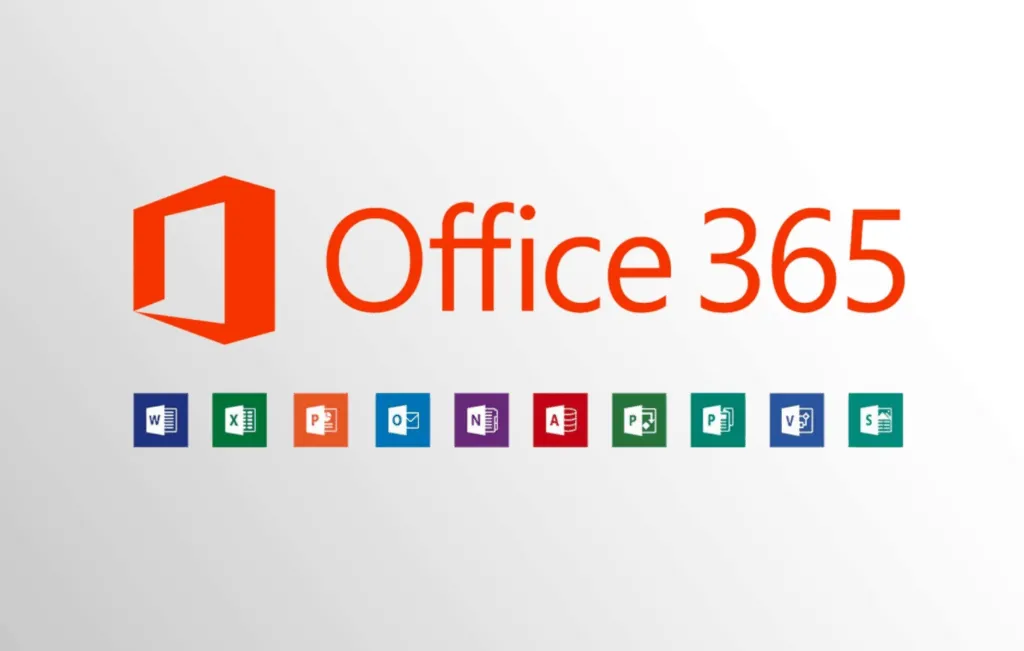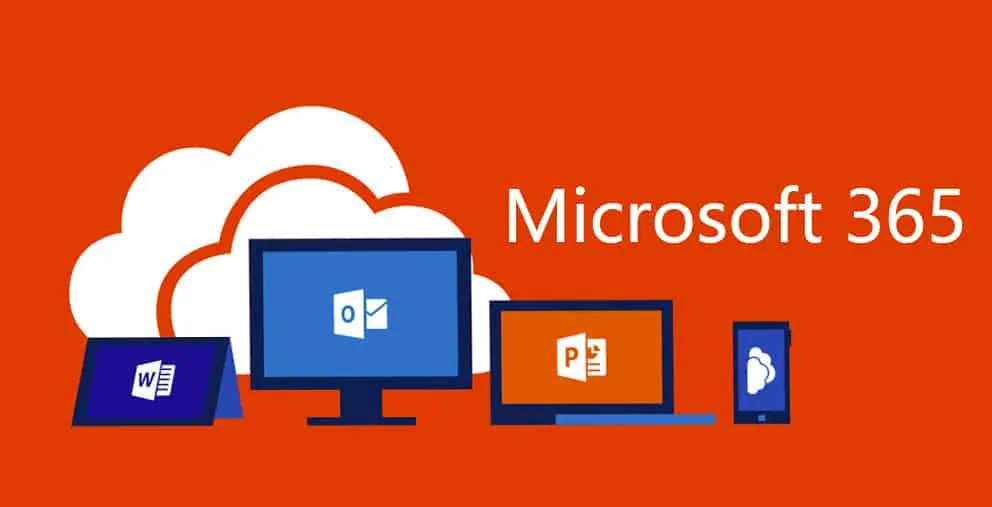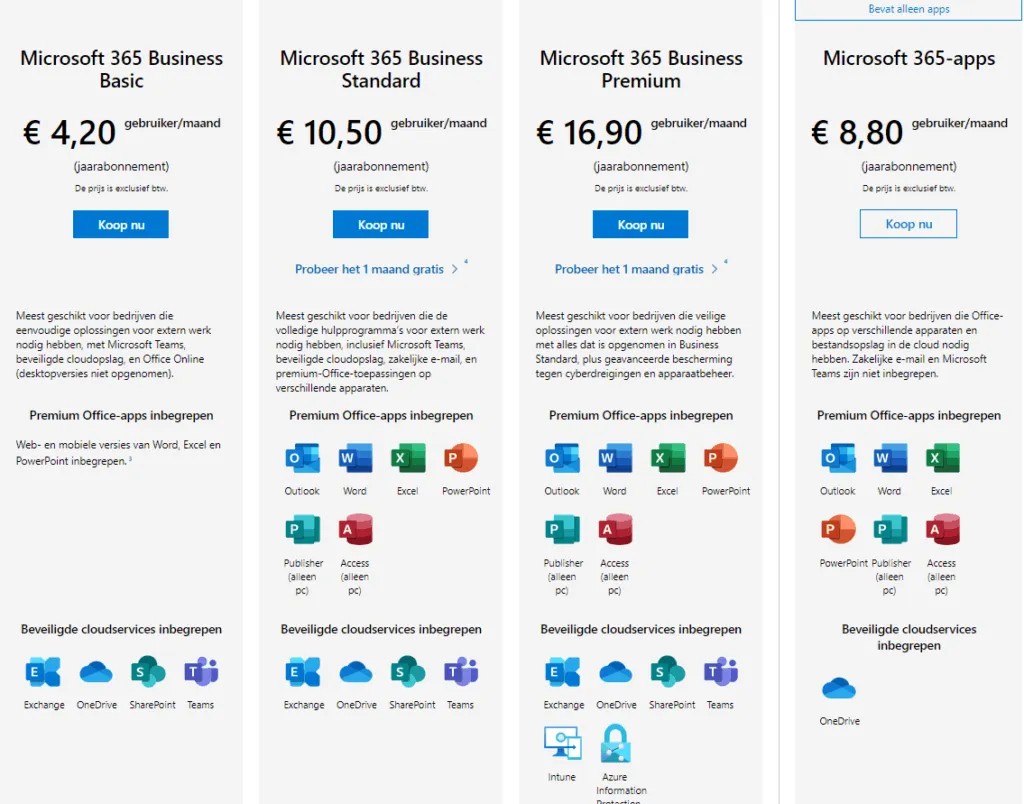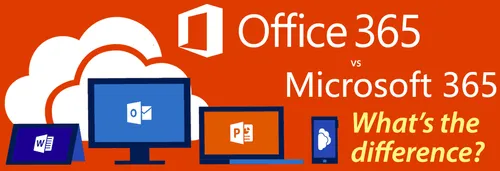
Knowledge base
October 14, 2020
Microsoft 365 vs. Office 365: What’s the difference?
There’s a lot to be said about consistency in product names, but if you have dozens of products with multiple versions of each, similar names can quickly get confusing.
Here’s how it started
The confusion began as follows: In 2017, Microsoft introduced Microsoft 365, a bundle of existing products under one license, aimed at businesses. The name was similar to the existing Office 365. In fact, many people accidentally mentioned Office 365 as Microsoft 365, so it’s easy to see how the two products were mixed up.
It got even more confusing when you found out that Microsoft 365 contains Office 365. Let’s break down the differences:
The short version
Office 365 is a cloud-based suite of productivity apps like Outlook, Word, PowerPoint, and more. Microsoft 365 is a suite of services, including Office 365, plus several other services, including Windows 10 Enterprise.
The long version

Office 365
Office 365 is a cloud-based suite of apps and services focused on business productivity. It includes some apps you probably already know, such as Microsoft Outlook, Word, PowerPoint, and Excel. Depending on the subscription you get, subscriptions also include apps and services such as:
- Skype for Business
- Sharepoint
- OneDrive
- Teams
- Yammer
- Planner
And much, much more, along with robust productivity, collaboration, and security features. Office 365 is a monthly subscription per user. There are several plans to choose from, depending on your specific needs. Plans can be mixed and tailored in your business, and you can change plans at any time.

Microsoft 365
Microsoft 365 is a service package that includes Office 365. It also includes Windows 10 Enterprise, Enterprise Mobility + Security (EMS) and machine learning. Like Office 365, there are multiple subscriptions to choose from, depending on your needs. The services in Microsoft 365 are also available as separate licenses.
And then they changed the name.
As of April 21, 2020, the official branding of Microsoft’s productivity suite has changed from Office 365 to Microsoft 365 only. The new naming convention reflects Microsoft’s strategy to provide its customers with a complete productivity platform.
Fortunately, the transition from Office 365 to Microsoft 365 from the point of view of current subscribers won’t have many immediate practical consequences. In general, the subscription they had on April 20 is the same as the one they had on April 21, only with a different name.
As when the productivity suite was called Office 365, each Microsoft subscription pack includes 365 different well-known applications such as Outlook, Word, Excel, and PowerPoint. Each subscription package also includes different levels of service, such as Exchange, SharePoint, OneDrive, and Teams. Here’s a picture with the different plans:

Source: knowbe4
Want to know more?

Related
blogs
Tech Updates: Microsoft 365, Azure, Cybersecurity & AI – Weekly in Your Mailbox.









